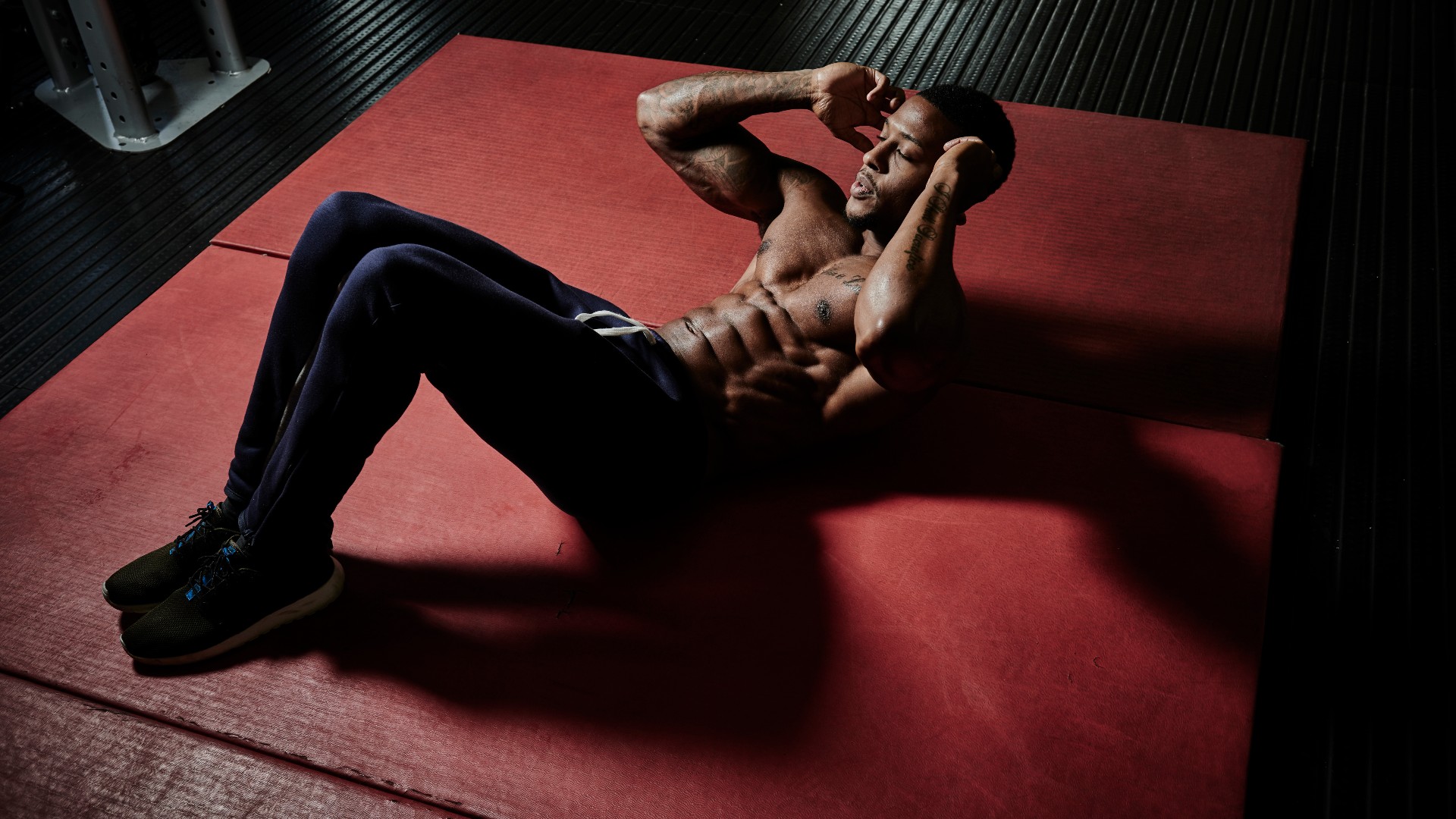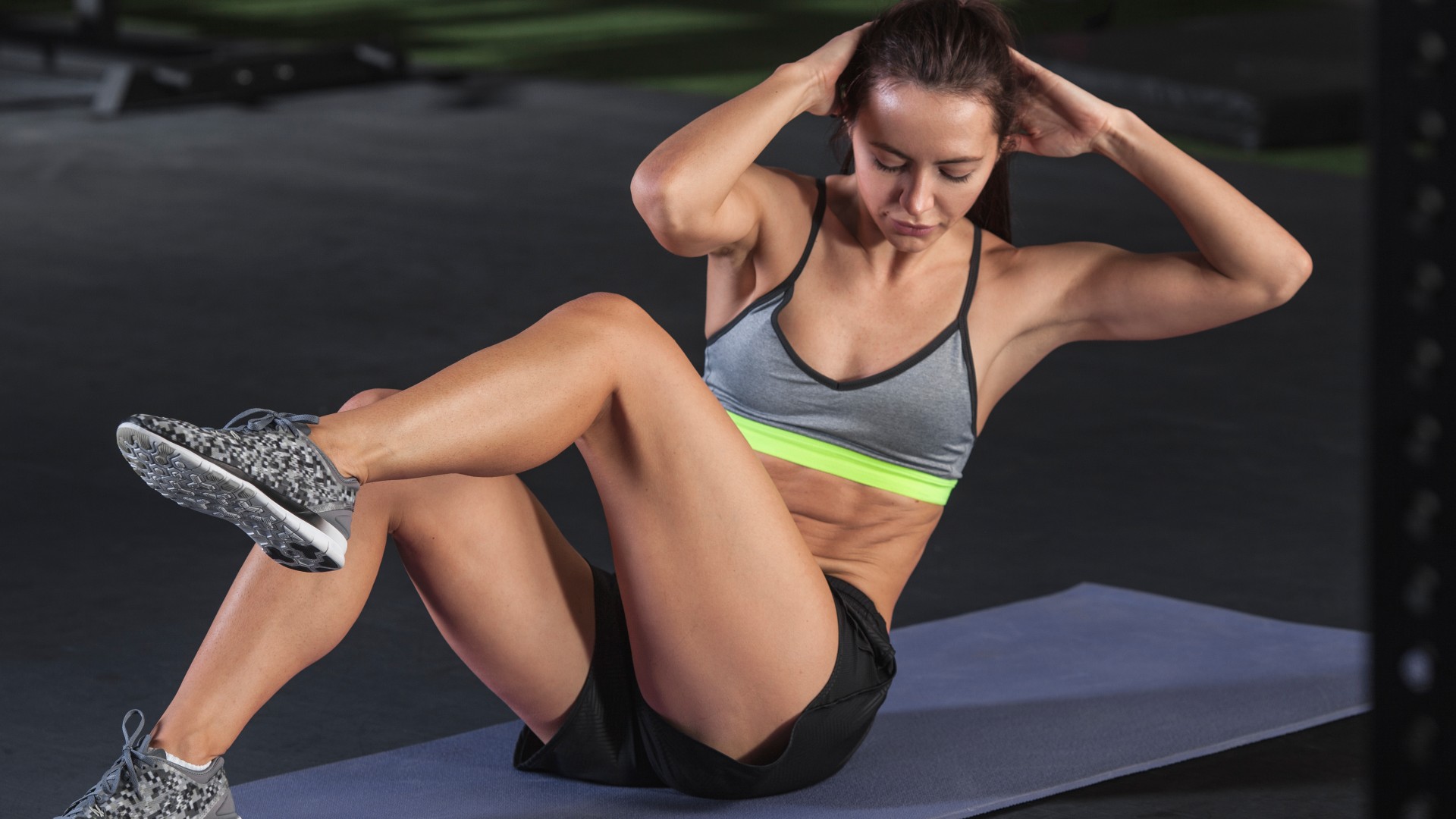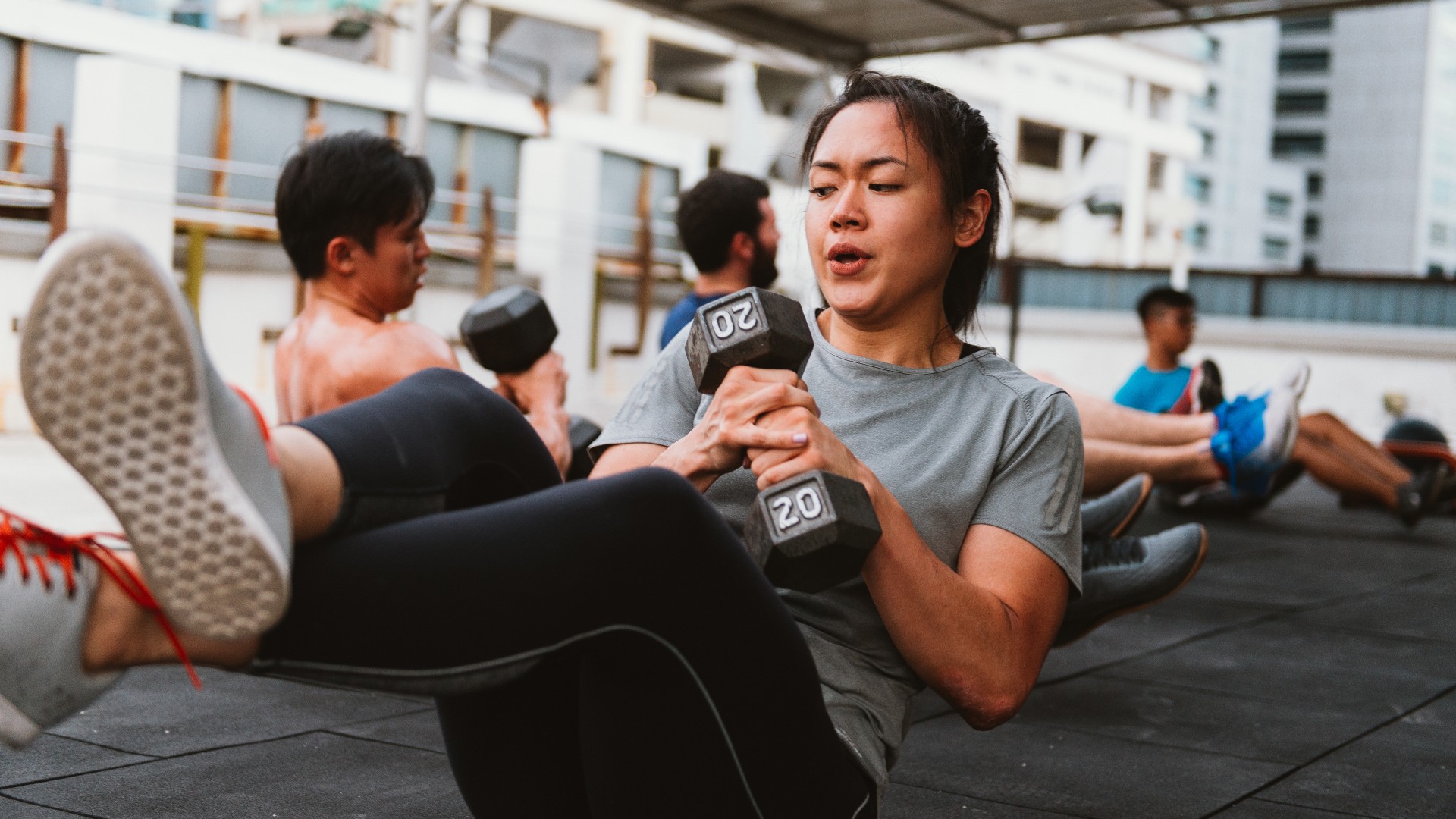Crunches vs sit ups: what's the difference - and what's best for your abs?
Looking to work those abs but unsure what’s best when it comes to crunches vs sit ups? We asked the experts to share their advice


The crunches vs sit ups debate can leave many of us confused. What’s the difference between these two ab-building moves, which is best for your personal fitness goals, and what are the pros and cons of each?
Lyndsey Todd, Expert PT & Health and Fitness Tutor for The Training Room explains that both crunches and sit ups will target the abdominal area, making them some of the best core workouts you can do.
‘Choosing which exercise is best for you will depend on your age, ability, fitness level, and other factors, such as if you are recovering from injury.’
- Ab roller workout: a killer routine to sculpt your core
- How to get a six pack: Upper and lower ab workouts for every fitness level
Both crunches and sit ups are great to add into your workout routine, however, if you’re hoping that crunches or sit ups will burn tummy fat and help you lose weight on your stomach then you’re mistaken.
‘We are unable to gain abdominal muscle by exercise alone,' explains Chiara Becuti, Head of Pilates at FLY LDN. 'What we need is a combination of exercise and a healthy diet to reduce body fat, to then be able to gain muscle.
'This is where the popular saying “abs are made in the kitchen” comes in; as our body fat decreases, our abdominals reveal themselves.'
Both moves do require good form however to avoid injury.
Start your week with achievable workout ideas, health tips and wellbeing advice in your inbox.
So let’s dive straight into the sit ups vs crunches debate to better understand their differences, pros and cons.
What is a crunch?

Crunches are abdominal exercises that require you to lie on your back and flex the thoracic spine (upper back) away from the floor.
‘This mainly targets the rectus abdominis muscles AKA the six pack abs,’ explains Hollie Grant, founder of Pilates PT.
The crunch is a very simple exercise to perform, being a low impact movement with low risk of injury or hurting. However, on the downside it only targets the upper and centre portion of the abdominals, leaving the obliques out.
‘If you are looking to strengthen your entire core, you will need to add different exercises for the lower abdominals/obliques,' Chiara advises.
'On top of that, you might experience neck pain after a high amount of reps. Make sure to hold the weight of the head in your hands so you give as much work as possible to the actual abdominals, instead of lifting by tucking the neck to the chest.’
Types of crunches
- Classic crunch: The standard move involves lifting only your upper back off the floor, as outlined above.
- Bicycle crunch: A modified classic crunch that works the abs and the obliques, the muscles that run down either side of your core. Essentially it should feel like you are riding an invisible bicycle on the floor!
- Reverse crunch: Another modification of the classic crunch, reverse crunches are a great move to target more of the core muscles.
- Crunches on an exercise ball: If you have a problem with your back or you find it difficult getting on and off the floor, classic crunches can be performed on an exercise ball, using a small range of movement. ‘To add a bit more intensity, you could hold the crunch position for a few more seconds while on the fit ball, making sure you are focusing on your breathing at all times,’ says Lyndsey.
Check out our expert guides:
What is a sit up?
Sit ups are similar to crunches, however the key difference is that sit ups require you to pass through a crunch and come all the way up to your bottom, removing the whole spine from the floor.
Sit ups also engage more muscles, as they work the whole core including the obliques, as well as the hip flexors, chest muscles, neck muscles and lower-back muscles. Plus, if you choose to perform them by hooking your feet under something such as a sofa or bed, they will also recruit your lower leg muscles. This makes them ideal for strength training.
On the flip side, Chiara adds that sit ups can come with a greater risk of injury through placing stress and strain on the spine when they are performed incorrectly. This is especially true of the lumbar spine (the lower back) if you round your lower back, a common form mistake.

Types of sit ups
- Basic sit ups: These involve lying on the floor with your knees bent and feet flat on the floor. From this position you lift to sitting, using the ab muscles to execute the move - this is key to performing sit ups correctly.
- Frog leg sit ups: A frog leg sit up differs from a classic sit up in that your knees are splayed out towards the floor rather than together.
- V-ups: This is a trickier, more advanced sit up that involves lifting both your upper body and your legs off the ground.
See more about these moves and - importantly - getting your form right with our how to do sit ups guide.
Sit ups vs crunches: key differences

Although they might seem similar, there are some notable differences between sit ups and crunches.
- Type of movement: With a crunch, the lower back stays on the ground whereas with a sit up, it lifts off the floor.
- Range of movement: With crunches there is actually less range of movement but more control. In comparison, sit ups are a more dynamic exercise with an increased range of movement, but they give you less control.
- Suitability: Whilst crunches are good for beginners and building six packs, sit ups may be better for those looking to build strength.
- Muscles worked: Crunches allow you to focus on the individual muscle groups involved, whereas sit ups work so many different muscles at once, including the hip flexors (which help with core stability) and the rectus femoris (a muscle attached to the hip that helps to extend or raise the knee).
- Stress on spine: By their nature, sit ups require you to curve your back while moving up and down, which can result in more flexion and stress on the spine. On the other hand, crunches place less stress on the spine, so long as they are performed correctly.
Sit ups vs crunches: which is better?
Both sit ups and crunches offer benefits, however neither is inherently better than the other. It all comes down to your personal goals. In fact, it could be useful to include both of these moves into your regime.
If you’re new to ab work, you may want to start off with crunches - especially in terms of avoiding injury. Crunches require a much smaller movement than sit ups, and put a lot less pressure on the back and neck.
However if you’re wanting to build strength, sit ups will be a better alternative.
One final word comes from Lyndsey, who says that whatever you choose to do - crunches or sit ups - you should not be doing them in isolation.
‘Instead, build around them with other core exercises such as plank, side plank, and Russian twists.'
As you improve over time, she adds that both moves can be made more challenging with the use of accessories such as resistance bands, Pilates rings or medicine balls.
‘At this stage, you may wish to seek the advice and expert coaching of a personal trainer’, she advises.
Lucy is a freelance journalist specializing in health, fitness and lifestyle. She was previously the Health and Fitness Editor across various women's magazines, including Woman&Home, Woman and Woman’s Own as well as Editor of Feel Good You. She has also previously written for titles including Now, Look, Cosmopolitan, GQ, Red and The Sun.
She lives and breathes all things fitness; working out every morning with a mix of running, weights, boxing and long walks. Lucy is a Level 3 personal trainer and teaches classes at various London studios. Plus, she's pre- and post-natal trained and helps new mums get back into fitness after the birth of their baby. Lucy claims that good sleep, plenty of food and a healthy gut (seriously, it's an obsession) are the key to maintaining energy and exercising efficiently. Saying this, she's partial to many classes of champagne and tequila on the rocks whilst out with her friends.
